Truths Your Students Need To Hear
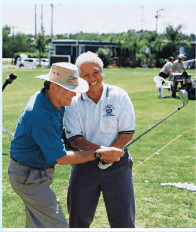 Golf breeds a certain amount of optimism in just about everyone who plays it, from the junior player who aspires to be a world-famous professional to the everyday golfer dreaming of shooting in the 70s. Some of this optimism is deserved; for others, it’s nothing more than a fantasy when you consider other realities.
Golf breeds a certain amount of optimism in just about everyone who plays it, from the junior player who aspires to be a world-famous professional to the everyday golfer dreaming of shooting in the 70s. Some of this optimism is deserved; for others, it’s nothing more than a fantasy when you consider other realities.
If you’ve taught golf for a certain length of time, you will run across students who have certain goals and expectations for themselves that may or may not be realistic. They also might have certain expectations of their teacher or coach that also may or may not be realistic. Here are some things that students need to hear and understand, not only about the teaching and learning process but about themselves and how the game actually works:
Realistic expectations
If you work on what you were taught, you will improve. It might take some time, but you will improve. A lot of students seem to have this notion that they are in complete control of their bodies, and that if they are told and shown what to do, they will automatically be able to do it with no adjustment period. The fact is, it takes most people a lot of correct repetitions over several weeks, at minimum, in order to effect a change. Professional golfers who have made changes, such as Nick Faldo and Tiger Woods, have been known to not see any improvement for 18-24months while they were working to fully implement the changes. Patience is the key.
You should be clear on what your plan of action is. Proper communication is definitely something you should expect from your teacher or coach. There should be no questions in your mind about the proper course of action laid out for you when you leave the lesson tee. If there is anything you are unclear on, ask! The teacher will not take offense, and instead will be glad that you are interested enough to make sure what needs to be done.
Your teacher or coach should be well-trained. Prior to the existence of the USGTF, apprentice professionals would be charged with giving lessons, even though they never received any formal training. They were expected to learn through experience with some input from the head professional. Thankfully, those days are for the most part over. Although everyone has to start somewhere and by definition there are inexperienced instructors, if they are well trained, such as through the USGTF program, they are qualified to give instruction. Prior to the existence of the USGTF, apprentice professionals would be charged with giving lessons, even though they never received any formal training. They were expected to learn through experience with some input from the head professional. Thankfully, those days are for the most part over. Although everyone has to start somewhere and by definition there are inexperienced instructors, if they are well trained, such as through the USGTF program, they are qualified to give instruction.
Unrealistic expectations
Your teacher, not your effort, is mainly responsible for any improvement. Nothing is more frustrating to a golf teaching professional to hear that the student practiced either sparingly or not at all since the last lesson. As mentioned in the previous section, it takes a lot of correct repetitions before a change becomes automatic. A belief that still exists among some is that it takes 60 correct repetitions for 21 days to create a new habit, but the fact is these are made-up numbers that haven’t held up to the scrutiny of motor-learning studies. Factors such as inherent talent, work ethic and complexity of the change all play a role in how long it takes to change or develop a new habit.
One lesson is all you need to fix your problems. Just as one chiropractic adjustment won’t permanently fix whatever your problem is, one lesson is probably not enough to fix whatever ails your golf game. Most people need to take a series of lessons or a golf school to see some lasting change.
You’re going to play the tour one day. Virtually everyone who has played the game has had this fantasy, and for a select few, it becomes reality. Then, there are those who are actually serious about his goal. But even for them, the odds are greatly against this happening. For the PGATour, there theoretically can be a maximum of 50 rookies a year, but in actuality the number is far fewer, because many of these 50 spots are taken up by former players returning to the Tour. If you aren’t one of the very best players in your state, you have no chance. As for PGA Tour Champions (for the 50-and-over set), it’s even worse. There are only five new fully-exempt members of that tour each year with another seven conditional spots.
You can learn to be as good as you can without the benefit of instruction. For some reason, golf seems to be one sport that has a fair share of participants who take great pride in being a “self-taught” player. Most people wouldn’t think of learning to play a musical instrument without a competent teacher, or playing in a team sport where there is no coaching, but in golf, this is unfortunately commonplace. If you want to get good as good as you want, you need to get instruction from a competent teacher and/or coach.
Golf is a great game, as we all know, and is the reason we came to the game in the first place. It’s also fun, but challenging, and to attain a certain level of competency requires a certain amount of effort. It also helps greatly to have a mentor in the form of a well-qualified teacher or coach, and combined with realistic expectations, a golfer will get the most out of the game that they can.



 By Cole Golden, USGTF Member, Wichita, Kansas
By Cole Golden, USGTF Member, Wichita, Kansas
 Turn on Golf Channel or access virtually any golf media source, and one of the main topics of 2018 is “how far the ball is going,” or in other words, how far tour pros are hitting the ball these days. After years of saying there was no problem, the USGA and R&A are now claiming that something has to be done.
Turn on Golf Channel or access virtually any golf media source, and one of the main topics of 2018 is “how far the ball is going,” or in other words, how far tour pros are hitting the ball these days. After years of saying there was no problem, the USGA and R&A are now claiming that something has to be done.
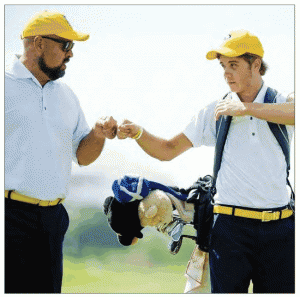 By Arlen Bento Jr. USGTF Member, Jensen Beach, Florida
By Arlen Bento Jr. USGTF Member, Jensen Beach, Florida
 By Mark Harman, USGTF Course Director, Ridgeland, South Carolina
By Mark Harman, USGTF Course Director, Ridgeland, South Carolina

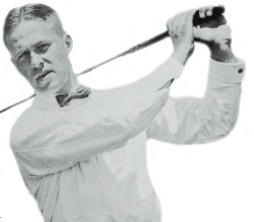
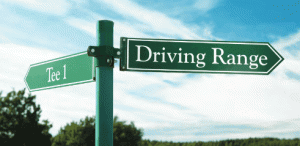 “I can’t hit the ball on the course as well as I can on the range…I’ve won several U.S. Opens on the range…I’m a scratch golfer on the range but a 15 on the course…” These comments have been made by innumerable golfers over the years.
“I can’t hit the ball on the course as well as I can on the range…I’ve won several U.S. Opens on the range…I’m a scratch golfer on the range but a 15 on the course…” These comments have been made by innumerable golfers over the years.
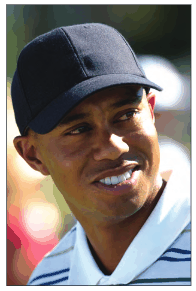 By Dr. Gerald A. Walford, USGTF Certified Golf Teaching Professional®, The Villages, Florida
By Dr. Gerald A. Walford, USGTF Certified Golf Teaching Professional®, The Villages, Florida
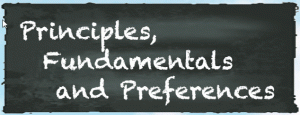 The golf teaching profession has come a long way since 1989 when the USGTF was founded. Hi-tech tools that weren’t even a thought back then are now commonplace in many teaching circles, such as launch monitors and slow-motion replays complete with computer graphics, and the ability to instantly communicate with students electronically. We also have training aids and training programs that are state-of-the-art.
The golf teaching profession has come a long way since 1989 when the USGTF was founded. Hi-tech tools that weren’t even a thought back then are now commonplace in many teaching circles, such as launch monitors and slow-motion replays complete with computer graphics, and the ability to instantly communicate with students electronically. We also have training aids and training programs that are state-of-the-art.